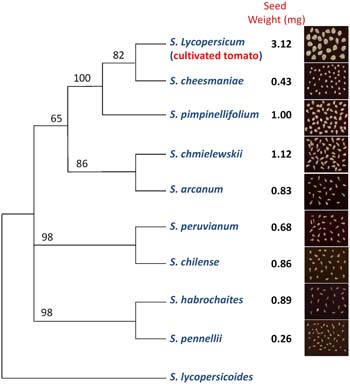Show Me The Science Month Day 5
Speciation Genetics is, in a sense, an oxymoron. Genetics is the study of heritable characteristics, but the researchers who study speciation genetics are looking for genes that cause inheritance to fail. They are looking for the genetic incompatibilities that keep species apart.
Speciation is about how a population of similar, interbreeding organisms becomes two or more populations so different from each other that they no longer form a common gene pool. Species' differences can be extremely subtle. In fact, an evolutionary process of speciation means that there
must be a point at which the physical differences between two species is hard to discern, as well as a point when two populations aren't quite different species, but well on their way to becoming separate. At some point, when one gene pool splits into two, genetic incompatibilities arise that make cross-breeding between two populations a doomed enterprise.
What kinds of genetic incompatibilities first arise in the process of speciation? What types of genes are involved? A paper in the January 16th issue of
Science reports on the
discovery of a 'speciation gene' keeping two mouse sub-species from producing viable offspring.
 Melville on Science vs. Creation Myth
Melville on Science vs. Creation Myth Non-coding DNA Function... Surprising?
Non-coding DNA Function... Surprising? Yep, This Should Get You Fired
Yep, This Should Get You Fired No, There Are No Alien Bar Codes In Our Genomes
No, There Are No Alien Bar Codes In Our Genomes








